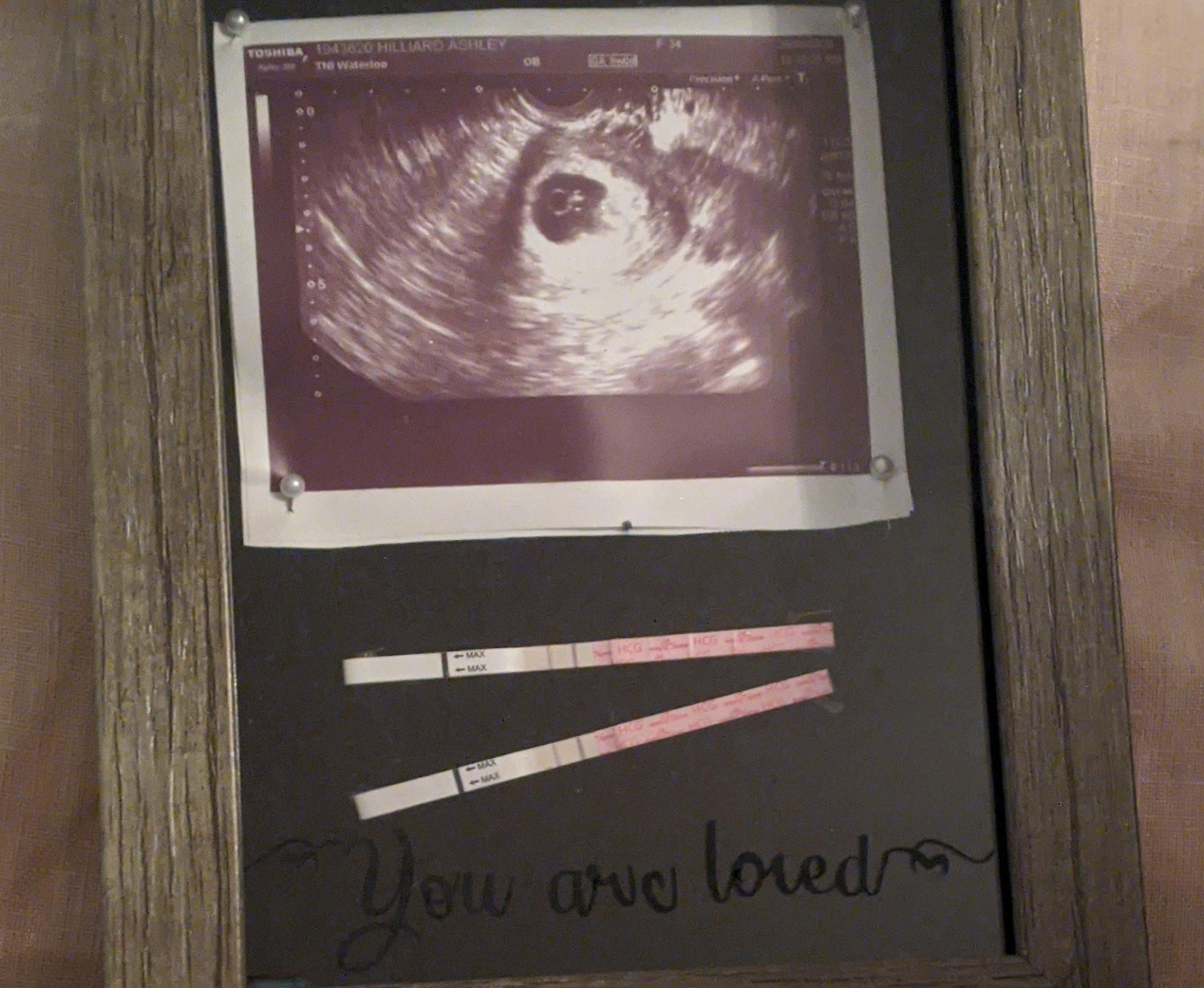Miscarriage is a sensitive and deeply personal experience that affects countless women worldwide. If you're searching for pictures of miscarriage clots, chances are you're either navigating through this challenging time yourself or supporting someone who is. It’s important to approach this topic with care, empathy, and a solid understanding of what happens during a miscarriage. Let’s dive into this conversation and explore everything you need to know.
When it comes to miscarriage, there’s often a lot of uncertainty and confusion surrounding the physical aspects of the process. For many, seeing pictures of miscarriage clots can provide clarity and help them understand what their body is going through. It’s not an easy topic, but it’s one that deserves attention and open discussion.
Before we dive deeper, let’s set the stage by acknowledging that every individual’s journey is unique. While some may find comfort in visual references, others might prefer a more detailed explanation. Whatever your situation, this article aims to guide you with compassion and knowledge.
- John Walsh Speaking Fee Unlocking The Value Of A True Legend
- Richard Dane Witherspoon The Man Who Redefined Success In Modern Entertainment
Understanding Miscarriage: A Basic Overview
Miscarriage refers to the loss of a pregnancy before 20 weeks of gestation. It’s a common occurrence, affecting approximately 10-20% of known pregnancies, according to the American Pregnancy Association. While it’s a deeply emotional experience, understanding the physical symptoms, including the presence of clots, can help you feel more in control.
What Are Miscarriage Clots?
Miscarriage clots are essentially blood clots mixed with tissue from the lining of the uterus. These clots can vary in size and appearance, depending on how far along the pregnancy was. Some women may notice small clots, while others might experience larger ones. It’s all part of the body’s natural process of expelling pregnancy tissue.
- Clots can range from dark red to brown in color.
- They may appear during heavy bleeding episodes.
- The size and frequency of clots can differ from person to person.
Why Do People Search for Pictures of Miscarriage Clots?
Searching for pictures of miscarriage clots is a way for individuals to understand what’s happening inside their bodies. For some, seeing visual representations can help normalize the experience and reduce anxiety. However, it’s important to approach these images with caution, as they can be graphic and emotionally triggering.
- Unlock The Power Of Wheor Your Ultimate Guide To Success
- Nathan Fillion Height The Inside Scoop Yoursquove Been Waiting For
Is It Normal to See Clots During Miscarriage?
Yes, it’s completely normal to see clots during a miscarriage. The body expels pregnancy tissue through the vagina, and this process can involve the passing of blood clots. While the sight of clots can be alarming, it’s a natural part of the healing process. If you’re concerned about the size or frequency of clots, it’s always best to consult a healthcare professional.
What Do Miscarriage Clots Look Like?
Miscarriage clots can vary in appearance, depending on factors like the stage of pregnancy and the individual’s body. In general, they might look like:
- Dark red or brown clumps.
- Small to medium-sized masses resembling tissue.
- Occasionally, larger clots that might contain visible tissue fragments.
It’s worth noting that not everyone will experience clots during a miscarriage. Some women might only experience heavy bleeding without noticeable clots.
When Should You Seek Medical Attention?
While clots are a normal part of the miscarriage process, there are certain signs that warrant immediate medical attention. These include:
- Excessive bleeding that soaks through more than one pad per hour.
- Pain that doesn’t subside with over-the-counter pain relievers.
- Fever or chills, which could indicate infection.
- Larger-than-normal clots that seem unusual or concerning.
If you experience any of these symptoms, don’t hesitate to reach out to your doctor or visit the nearest emergency room.
How Can You Prepare for a Doctor’s Visit?
If you’re planning to visit a healthcare provider, it’s helpful to gather information about your symptoms. Note the size, color, and frequency of clots, as well as any accompanying symptoms like pain or dizziness. This information can help your doctor provide a more accurate diagnosis and recommend appropriate treatment options.
Emotional Healing After Miscarriage
Miscarriage isn’t just a physical experience—it’s an emotional journey as well. Many women find themselves grappling with a mix of emotions, from grief to guilt and even relief. It’s important to acknowledge these feelings and seek support when needed.
Ways to Cope with Grief
Here are a few strategies to help you navigate the emotional aftermath of a miscarriage:
- Talk to someone you trust about your feelings.
- Join a support group for individuals who have experienced miscarriage.
- Practice self-care activities like journaling, meditation, or yoga.
- Consider speaking with a therapist who specializes in grief counseling.
The Importance of Self-Care
After a miscarriage, your body needs time to heal, both physically and emotionally. Prioritizing self-care can make a significant difference in your recovery journey. This might include:
- Getting plenty of rest and sleep.
- Eating a balanced diet rich in nutrients.
- Avoiding strenuous activities until you feel ready.
- Engaging in gentle exercise, like walking or stretching.
Remember, there’s no right or wrong way to heal. Do what feels best for you and your body.
Supporting Someone Through Miscarriage
If you’re supporting a loved one who has experienced a miscarriage, your role is crucial. Offering empathy, understanding, and practical help can make a world of difference. Here’s how you can be there for them:
What to Say and What Not to Say
Words matter, especially during sensitive times. Instead of saying things like “It wasn’t meant to be,” try offering support with phrases like:
- “I’m so sorry for your loss. I’m here for you.”
- “How can I help you today?”
- “It’s okay to feel however you’re feeling.”
Avoid minimizing their experience or offering unsolicited advice. Simply being present and listening can mean a lot.
Common Misconceptions About Miscarriage
There are several myths surrounding miscarriage that can add to the stigma and confusion. Let’s address a few of them:
- Miscarriages are always preventable. Fact: Most miscarriages occur due to chromosomal abnormalities and are beyond anyone’s control.
- Only older women experience miscarriages. Fact: Miscarriage can happen at any age.
- Seeing clots means something is wrong. Fact: Clots are a normal part of the miscarriage process.
By dispelling these myths, we can foster a more informed and supportive community.
Looking Ahead: Fertility After Miscarriage
For many women, one of the biggest concerns after a miscarriage is their future fertility. The good news is that most women who experience a miscarriage go on to have healthy pregnancies in the future. However, it’s important to give your body time to heal before trying again.
When Is It Safe to Try Again?
Most healthcare providers recommend waiting at least one to three menstrual cycles before trying to conceive again. This allows your body to recover and ensures optimal conditions for a healthy pregnancy. Of course, every situation is unique, so it’s best to consult with your doctor for personalized guidance.
Conclusion: Navigating the Journey of Miscarriage
Miscarriage is a deeply personal and often challenging experience, but it’s one that can be navigated with knowledge, support, and self-compassion. Whether you’re seeking pictures of miscarriage clots for clarity or looking for ways to heal emotionally, remember that you’re not alone. Millions of women have walked this path, and many have emerged stronger on the other side.
As you move forward, take things one step at a time. Prioritize your physical and emotional well-being, lean on your support system, and don’t hesitate to seek professional help when needed. You’ve got this.
Call to Action: If this article has been helpful to you, consider sharing it with others who might benefit from the information. Together, we can break the stigma surrounding miscarriage and create a more supportive community for everyone.
Table of Contents
- Understanding Miscarriage: A Basic Overview
- What Are Miscarriage Clots?
- Why Do People Search for Pictures of Miscarriage Clots?
- Is It Normal to See Clots During Miscarriage?
- What Do Miscarriage Clots Look Like?
- When Should You Seek Medical Attention?
- Emotional Healing After Miscarriage
- The Importance of Self-Care
- Supporting Someone Through Miscarriage
- Common Misconceptions About Miscarriage
- Looking Ahead: Fertility After Miscarriage



Detail Author:
- Name : Valentine Stehr
- Username : daphney15
- Email : effertz.delphia@hermann.biz
- Birthdate : 2004-05-02
- Address : 52824 Delpha Square Valentinastad, ME 01524
- Phone : 347-741-0011
- Company : Wehner-O'Keefe
- Job : Trainer
- Bio : Temporibus nam saepe blanditiis praesentium dolor excepturi nam odit. Consequatur culpa veritatis autem sapiente aliquid. Sint provident voluptas fugiat voluptas.
Socials
linkedin:
- url : https://linkedin.com/in/watson_dev
- username : watson_dev
- bio : Fuga est earum dolore tempora.
- followers : 4576
- following : 2083
tiktok:
- url : https://tiktok.com/@wvonrueden
- username : wvonrueden
- bio : Enim quis earum reiciendis architecto minima.
- followers : 2307
- following : 2235
facebook:
- url : https://facebook.com/vonruedenw
- username : vonruedenw
- bio : Inventore soluta vel est rem qui ullam in nam.
- followers : 6343
- following : 2106